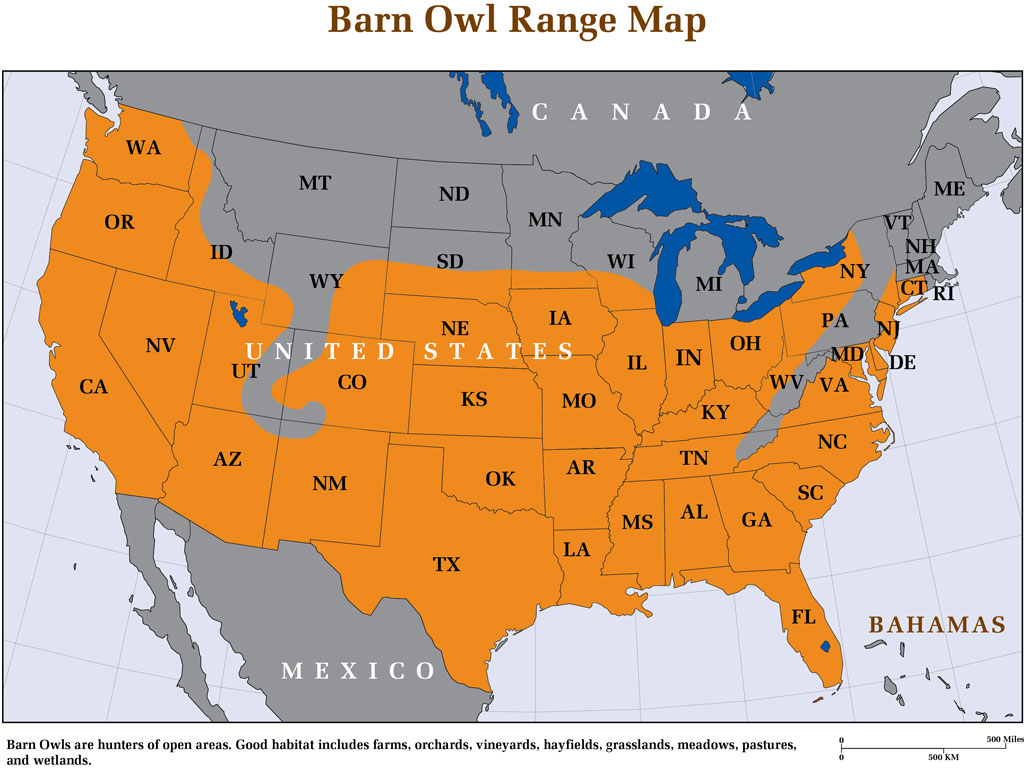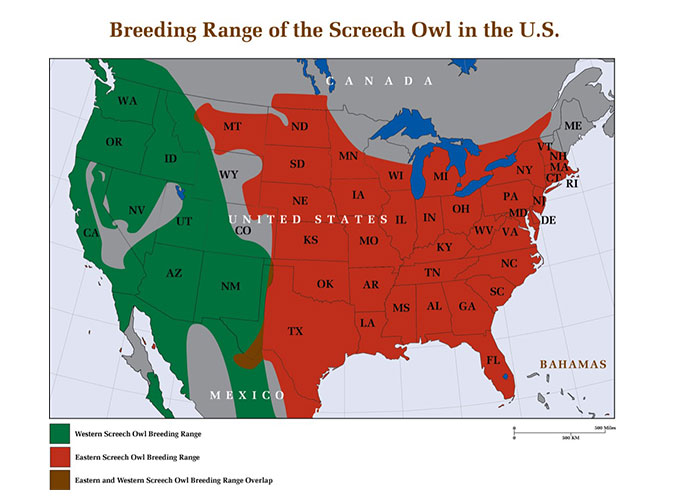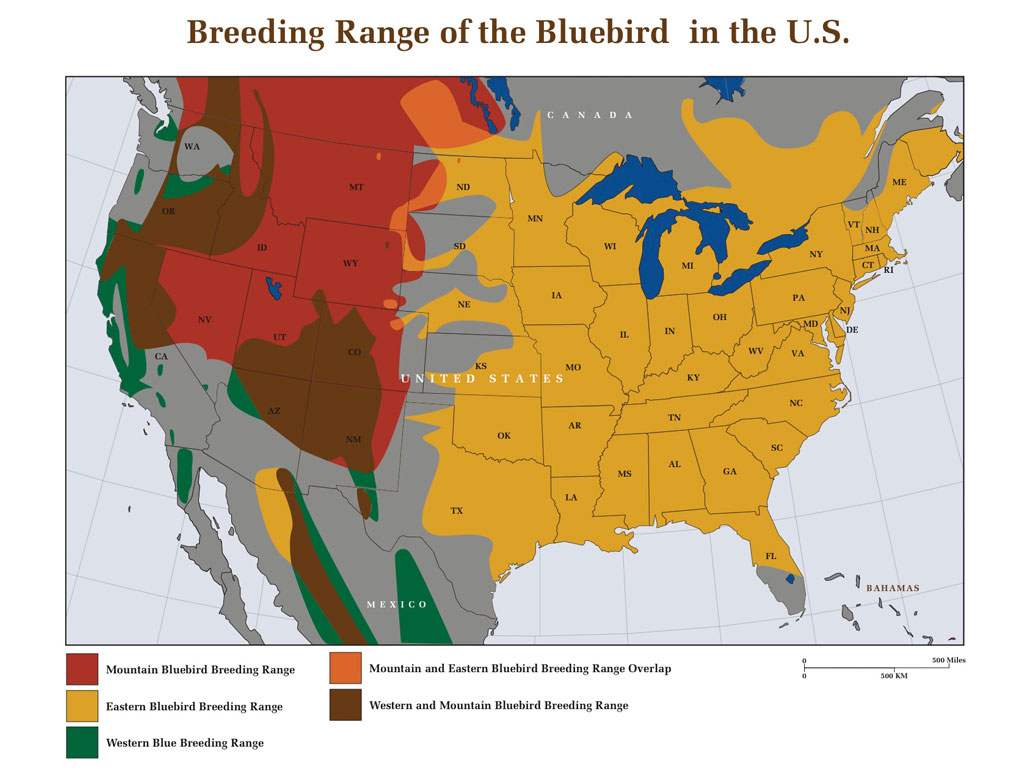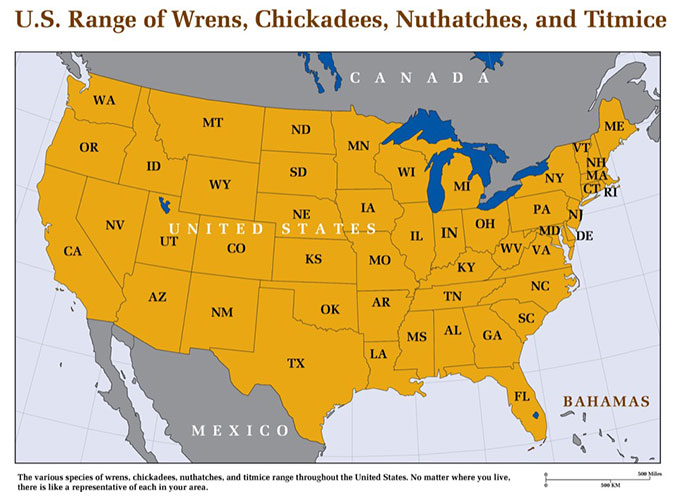Free Shipping to the Contiguous United States
Utah Barn Owls
Barn Owls in Utah
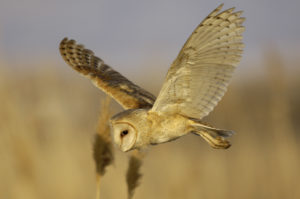 Utah is one of those states where extensive research has been conducted on barn owls. Researchers Dwight Smith and Carl Marti conducted a number of studies in the state. It was Smith who famously discovered a colony of barn owls in the buildings of an abandoned steel mill near Overton in 1968. Eventually this colony numbered 38 individuals before the mill was torn down. This was one of the first records of a dense breeding colony in the United States.
Utah is one of those states where extensive research has been conducted on barn owls. Researchers Dwight Smith and Carl Marti conducted a number of studies in the state. It was Smith who famously discovered a colony of barn owls in the buildings of an abandoned steel mill near Overton in 1968. Eventually this colony numbered 38 individuals before the mill was torn down. This was one of the first records of a dense breeding colony in the United States.
Essentially, the barn owl is quite common throughout Utah except in the forests, high mountains, and
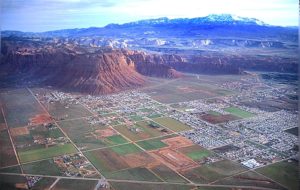
the Great Basin desert in the western side of the state where they are likely rare. They are particularly common in the agricultural valleys. Smith and Marti found two excellent barn owl populations, a northern population that stretched from Utah County to Box Elder County and a southern population in Iron and Washington counties. Tony Wright, former Utah biologist who worked in southeastern Utah states that the barn owl is also common there. He reports that they are often hit by automobiles in that area due to their low flight pattern while hunting.
Old buildings, decayed cottonwoods, and self-dug burrows in the sides of arroyos are the most common nesting sites. The most common prey items found through pellet analyses are the meadow vole and mountain vole, followed by house mice, deer mice, and vagrant shrews.
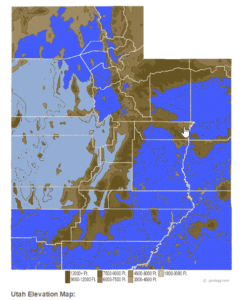
Courtship runs from mid-January through March 1968. Eggs are laid as early as February but as late as April. The first hatchings occur in early March and the first fledglings leave the nests in mid-May. Fall nesting also occurs, though not as commonly. Usually incubation begins in early September with fledglings appearing in early December.
The agriculture of Utah plays an important role in sustaining healthy barn owls populations. Wheat, barley, and oats, poultry, and cattle are raised in almost every county.
An excellent paper on Utah barn owls can be found here: https://sora.unm.edu/sites/default/files/journals/jrr/v010n02/p00033-p00044.pdf

